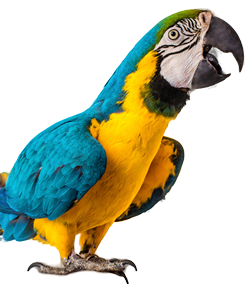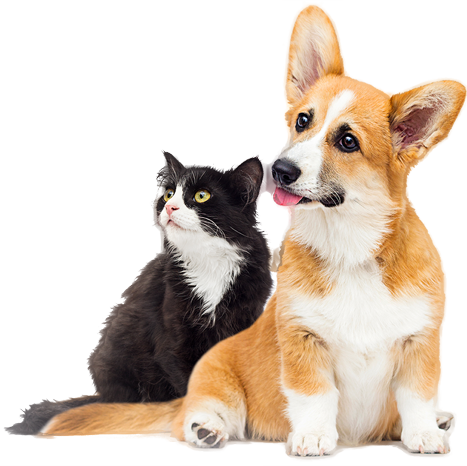Obesity in Reptiles
Like any captive animal, reptiles can be predisposed to obesity. As per usual with reptiles, they hide signs of obesity quite well, and often many owners do not realize how obese their reptiles are until significant consequences of obesity are apparent. This article plans on going over causes for obesity in reptiles, signs to look out for, and ways to treat/prevent this condition.

How does obesity look in reptiles? Unlike mammals, reptiles have very little subcutaneous (below the skin) fat deposition. Oftentimes, fat deposition in reptiles occurs internally and can present differently depending on the taxa. Lizards have intracelomic fat pads on both sides of their body that can enlarge with increasing amounts of fat. When sufficiently large, these can cause lizards to have an enlarged, swollen belly. While not having defined intracelomic fat pads, snakes and chelonians can have internal fat stores that can line the viscera. In snakes, the coelomic distension can be so severe that a marked delineation between the body and tail base can be identified, and in chelonians obesity can be seen with excessive tissue protruding out of the shell.
With the presentation of an obese reptile outlined- what causes this? Like many disease processes in reptiles, obesity is caused by multiple factors. It can be caused by diet. Inappropriate diets or too much of an appropriate diet can lead to excessive accumulation of fat which can lead to an increase in fat stores. Inappropriate diets will vary depending on the species, but generally food items I recommend clients avoid are pinkie mice, excessive amounts of egg, excessive amounts of dog/cat foods, super worms, waxworms, and excessive amounts of high carbohydrate fruits/starchy vegetables. As well as food item, frequency and amount of food offered per meal is often an issue, as reptiles are often fed too frequently. Inappropriate environmental parameters can lead to obesity, too. Chronically low basking spot and ambient temperatures will slow a reptile’s metabolism, causing increased accumulation of unutilized calories as fat. Additionally, enclosures that provide insufficient space can lead to lethargy and reduced utilization of calories ingested.
Obesity can also have systemic signs in affected reptiles. Many obese reptiles I see will be extremely lethargic, have breathing issues, and may even be in appetent or constipated. This all happens due to the pressure the fat stores place on the gastrointestinal and respiratory tracts. This in turn can affect other normal physiologic processes such as reproduction, especially in female reptiles and lead to follicular stasis. More critically, obesity can lead to life threatening diseases such as hepatic lipidosis aka fatty liver disease and neurological deficits. Fat will not only accumulate in fat stores but in the liver as well, reducing the liver’s overall function. This can eventually lead to hepatic lipidosis and subsequently liver failure. Neurologic deficits can arise as the fat reduces the flexibility of the spinal cord, resulting in aggravation and potential damage when the reptile sustains a fall/trauma. I’ve seen this occur in some patients and in one moment with one of my Ackie Monitors.
Treating obesity in reptiles often is a long progress. Most importantly, correcting husbandry is key to success. Additionally, care needs to be taken to ensure a gradual change in diet is taken. This is important because if obese animals are put through crash course diets, the fat accumulated in their liver can be mobilized and cause nasty biochemical processes within the body. This gradual change can be assisted with feeding of liquid diets such as critical care, especially for reptiles that are not eating on their own. While it can be difficult to achieve, providing opportunities for enrichment and exercise are important. This can be done by taking the reptile outside, as the sun will be able to warm up the animal and provide it appropriate light frequencies to help stimulate movement. Additionally, any medical conditions, such as liver impairment and/or neurologic issues, need to be addressed as well.
To prevent obesity in reptiles, research into the husbandry parameters your animal needs is paramount before purchasing the pet. This will provide the environment and diet that will be the most conducive for the animal to have the longest, healthiest life possible.





